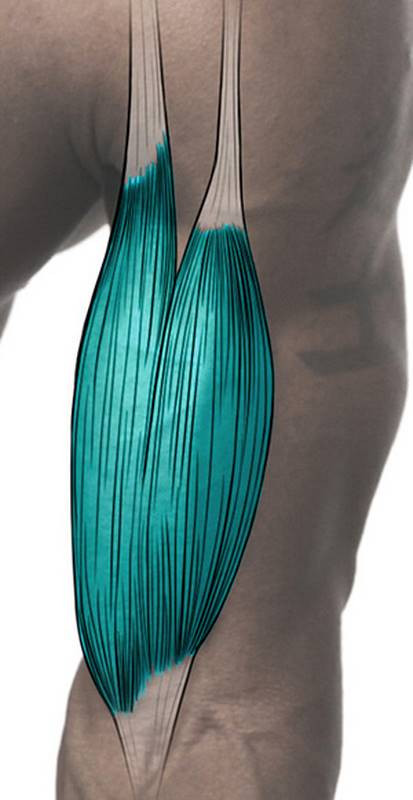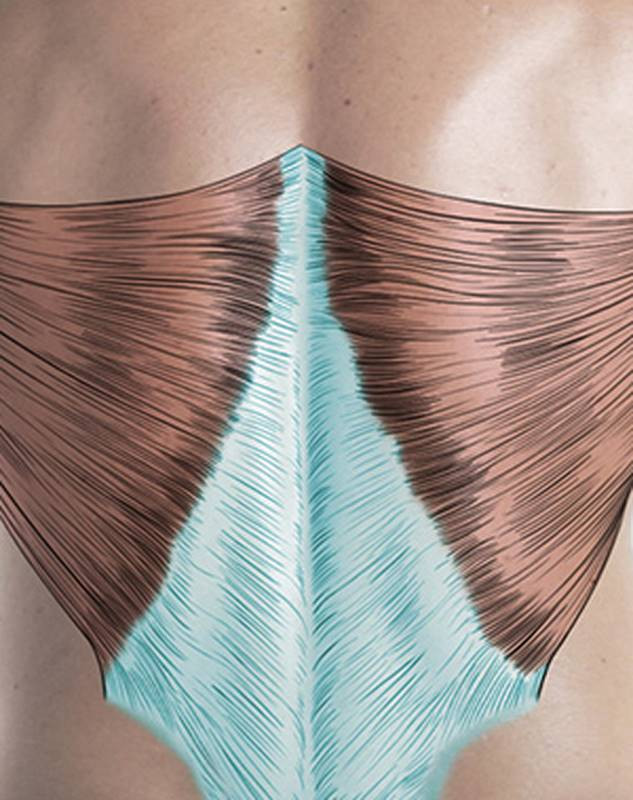Check out the Premium Anatomy course to see the full version of this video and all other Anatomy videos.
How to Design Muscles and Tendons
This is the second part of the Intro to Muscles Lesson. Click here to see part 1!
Let’s take a step back and look at what a muscle actually is. There’re two parts, the belly of the muscle, and the tendons. We’ll start with the belly.
Belly of the Muscle
The belly is comprised of muscle fibers. They usually follow the axis of the muscle, though there are exceptions. More on that in a minute. Muscle fibers group into bundles, which can be seen on the surface form, usually when the muscle is active. See the example below.
Here’s something cool. Wrinkles and skin folds always happen in the perpendicular direction to the muscle fibers.
For example, lifting your eyebrows causes horizontal creases across your forehead because the muscle fiber is vertical.
When you flex a muscle, it’s the belly of the muscle that shortens, not the tendons. And when you stretch, it’s the belly of the muscle that you’re stretching, not the tendons. Tendons have their own thing going on.


Tendons
Tendons are the tape that attach muscles to bones. They don’t stretch or squash, but they do have personality. The shape, length, and thickness varies from tendon to tendon. Tendons are thick enough that they’ll add mass to the surface form. They can appear as long tubes that are what we typically think of as tendons. When nearby muscles are bulging out, tendons appear as slightly recessed planes. These forms can help you identify where a muscle is.

By the way, “tendons” are made of the same fibrous tissue as ligaments and fasciae, but “ligaments” attach a bone to a bone and “fasciae” attach a muscle to a muscle.
An aponeurosis is a special type of tendon that’s large and thin. For artists, that means that it won’t obscure the form of the muscles beneath it. For example, your lower back is actually covered by your lat’s aponeurosis, but you’d never know, because aponeuroses are so thin, and the forms of the deeper muscles show through.
Sometimes tendons are embedded inside the belly of the muscle, which is called a tendinous intersection. All of the divisions on the rectus abdominis that cut out the 6-pack are a result of these tendinous intersections.

What’s interesting is… the length of a muscle belly versus the length of the tendon varies from person to person. Bodies with proportionately longer muscle fibers tend to look more graceful. Even if the individual is very muscular, the muscles appear to curve in and out in elegant, slender slopes. Longer tendons means that the muscle mass has to be shorter, so muscles appear as abrupt protrusions and depressions. The overall look is bulky with contours that look like a mountain range.

Below is an example of a superhero with longer muscles, and next to him is an example of the same superhero with shorter muscles.

Muscle Groups
We’re almost done! To wrap up this intro to muscles, here’s a tip for simplifying muscles in your drawings. Muscles nearby each other that have the same function can be grouped together, like how we group the “quads” in the leg. Although technically four individual muscles, they all have a similar function, so they’re all at rest at the same time. And when they rest, they blend together and appear as one form. Muscle groups are separated from each other by a soft surface furrow.

If you’d like to learn about the 8 types of muscles found throughout the body, head on over to proko.com/anatomy. Get the premium anatomy course for access to the extended videos, 3D models, and more drawing demonstrations. Check it out!
